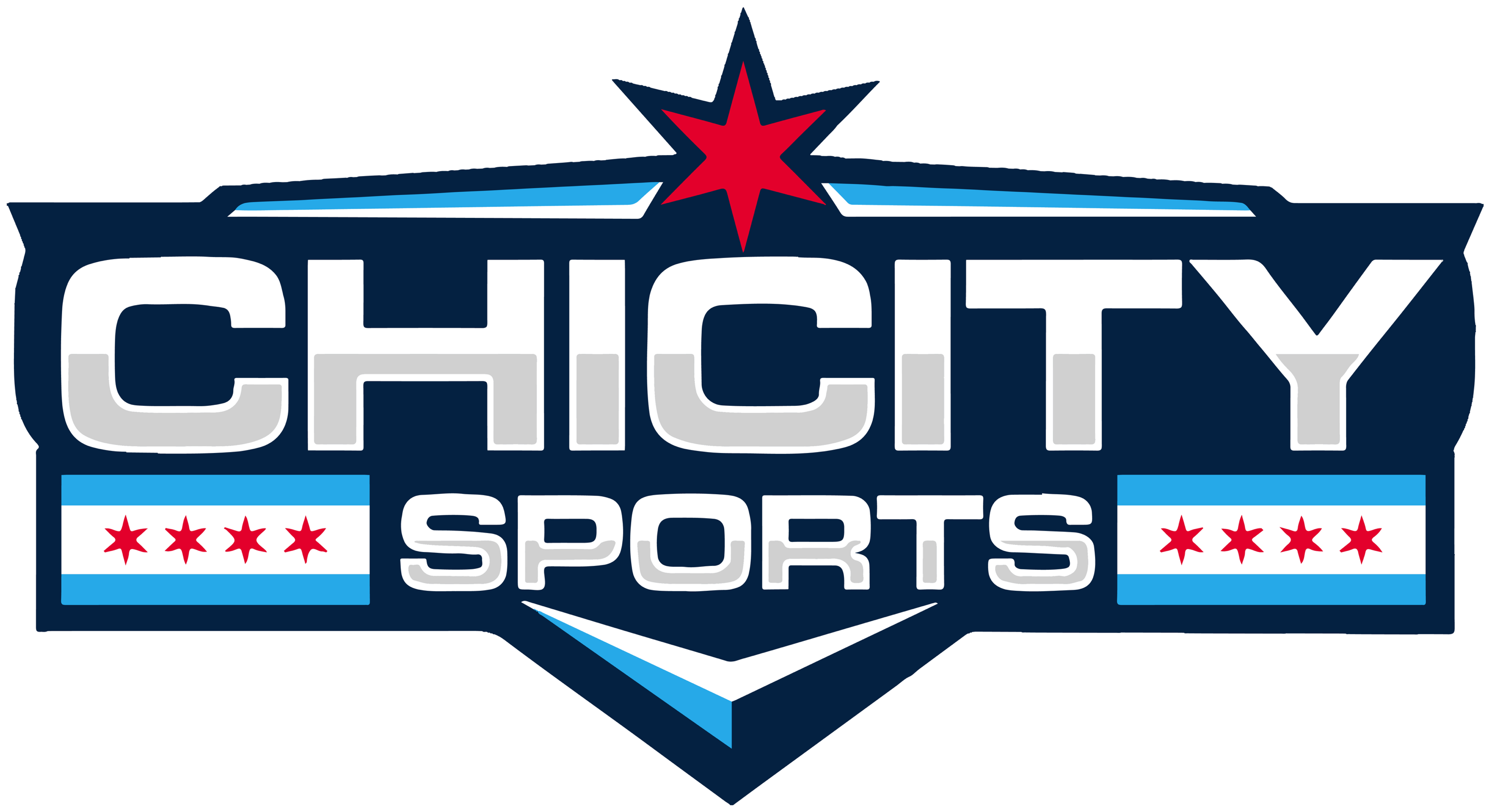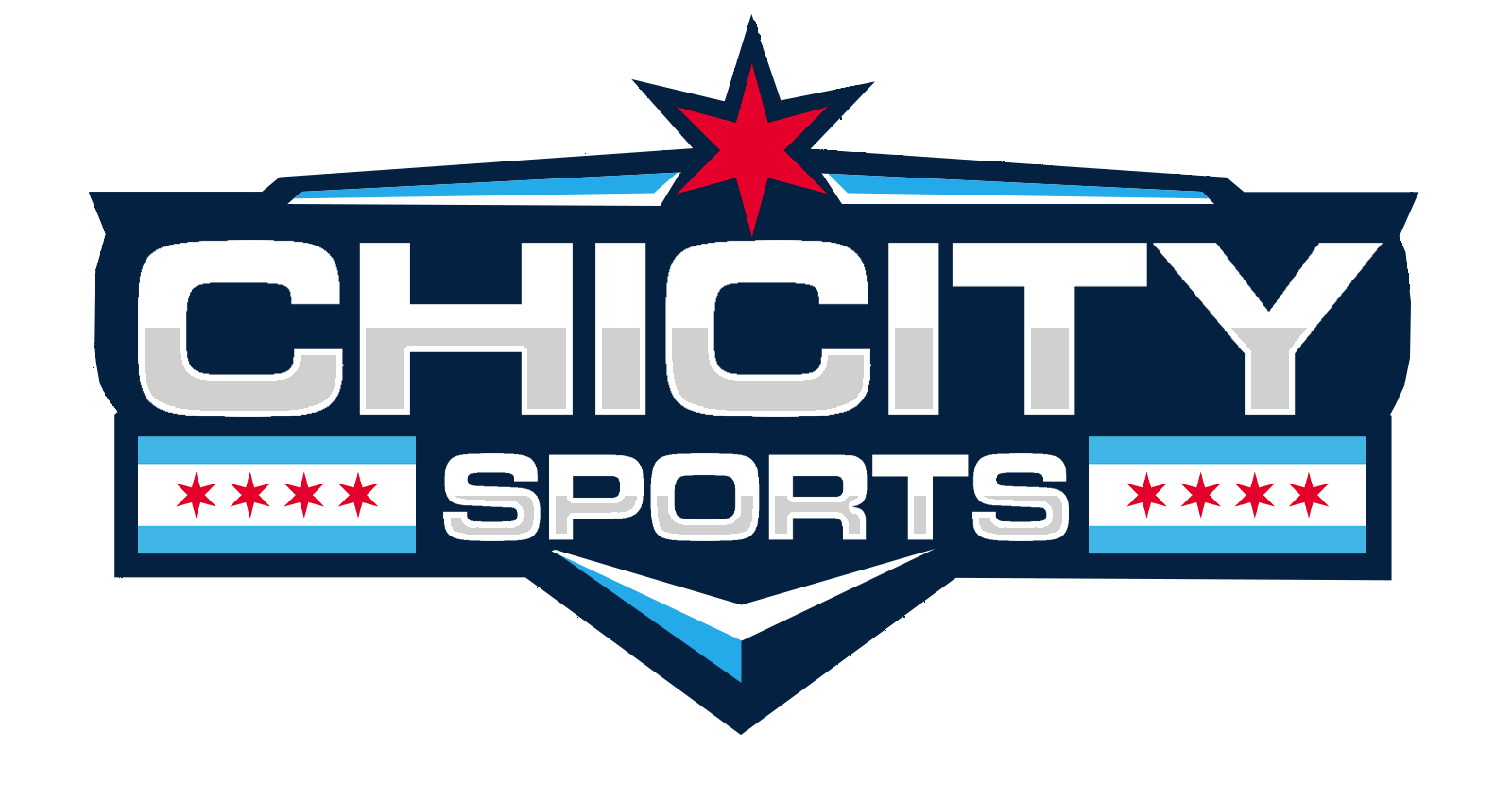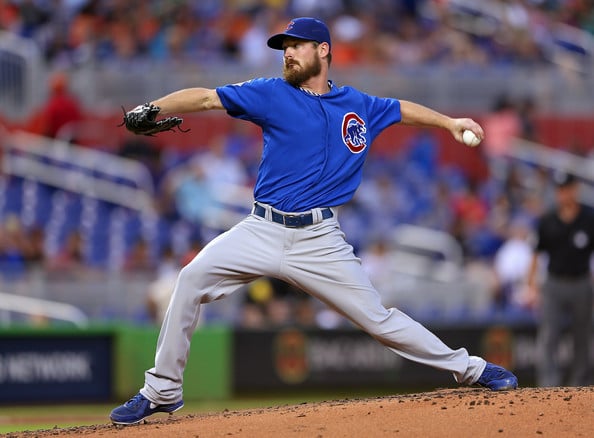I think it’s safe to say the Chicago Cubs got the better end of “The Sean Marshall trade” from a couple years ago.
For those of you who don’t remember, that Dec. 2011 trade sent Marshall to the Cincinnati Reds for Travis Wood, Ronald Torreyes and Dave Sappelt. Marshall has pitched seven innings all season due to a left shoulder injury while Wood was named to the National League All-Star team on Saturday. He didn’t just sneak into the All-Star game either – such as Bryan LaHair in 2012 – he was essentially a lock since each team is guaranteed at least one All-Star. Just look at his numbers from the first half of the season so far.
After you ignore Wood’s pedestrian 5-6 record, which is completely out of his control (the Cubs lead all of baseball in blown saves), the 26-year old boasts the 10th best ERA (2.69) in the MLB and is tied with Patrick Corbin for the fifth best WHIP (0.98) in the NL. Yes, that means Wood allows less than one baserunner per inning on average. Although his 80 K’s in 110.1 innings is nothing out of this world, that number is actually solid for a control pitcher. Perhaps Wood’s strongest statistic is his .192 opponent’s batting average, which ranks second in all of baseball. Lefties might as well give up against Wood as he’s allowed only 11 hits all season to left-handed batters (.120 average). For you sabermetricians out there, Wood’s advanced statistics are also outstanding.
Wood’s WPA (win probability added) ranks 12th in the majors at 1.95. WPA determines how much a player has improved his teams’ win expectancy to this point in the season. His WAR (wins above replacement) of 2.1 is 14th best among NL pitchers (but surprisingly only second on the team behind Jeff Samardzija). Wood’s 0.6 WAR as a batter is actually two full wins higher than Starlin Castro’s (man it felt weird typing that sentence). Despite having the eighth slowest average velocity on his fastball in the NL at 89.2 MPH, his wFB/C (runs saved from his fastball per 100 fastballs thrown) of 1.20 ranks seventh in the NL among qualified pitchers. His slider, which he throws 12 percent of the time, is the 19th best in the NL according to wSL/C. Perhaps the most pitch that has led to Wood’s improvement this season is his cutter. Wood uses his cutter nearly a third of the time (only Kevin Correia uses the pitch more often) and sports a NL-leading 2.86 wCT/C. The pitch is especially effective cutting into right-handed batters. All of these numbers are quite amazing for a player who appeared in seven minor league games last season.
Of course, all good things must come to an end at some point.
Wood is on quite a run right now, but his exceedingly low BABIP (batting average on balls in play) is a sign that the All-Star is in for a regression to the mean during the second half of the season. A pitcher’s BABIP should typically be around the .290-.310 range. Wood’s BABIP of .216 is currently the lowest in the major leagues. To put that number in perspective, the lowest BABIP in the majors last season was Jered Weaver’s .241 average. A pitcher doesn’t have a low BABIP without some luck and Wood is no different. This is not to say Wood’s numbers will fall off a cliff post-ASB, but his .216 BABIP will eventually move closer to his .260 career average.
Future ace he’s not, but Wood should be the Cubs’ three starter for the foreseeable future. With three years left of club control after this season, the Cubs will be in no rush to depart with the emerging lefty. Of course no player is safe in a trade for the likes of Giancarlo Stanton or David Price, but aside from bringing in a face-of-the-franchise-type talent, Wood will be in Chicago for a long time.
And to think that all it cost the Cubs was a reliever who was entering free agency in a year anyway.
For More Great Chicago Sports Content
Get the latest Chicago sports news, analysis, and breaking stories on the Bears, Bulls, Blackhawks, Cubs, White Sox, Sky, and more! Tap the star to add us to your favorites on Google News, so you never miss a story on your favorite Chicago teams.
Follow us on Twitter at @chicitysports23 for more great content. We appreciate you taking time to read our articles. To interact more with our community and keep up to date on the latest in Chicago sports news, JOIN OUR FREE FACEBOOK GROUP by CLICKING HERE




